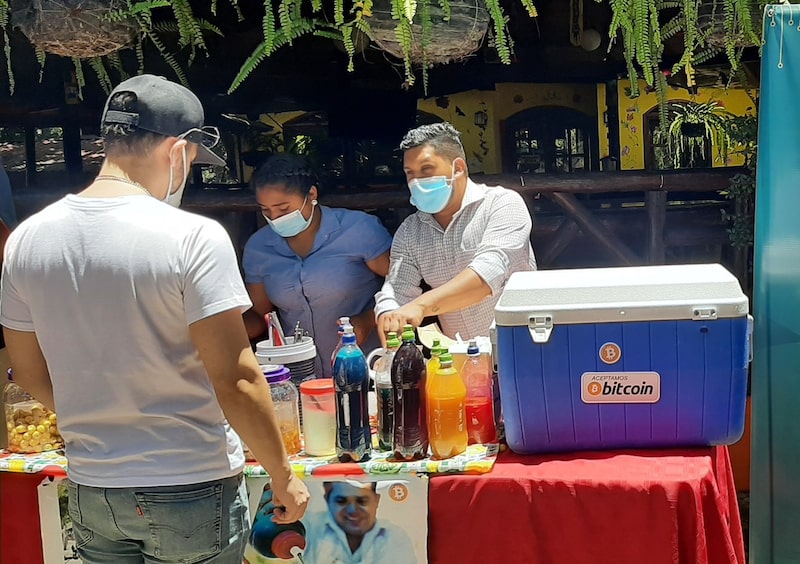San Pedro Sula — Bitcoin Valley wants to be a new hotbed for cryptocurrencies. Out of Santa Lucia, 10 kilometers from Tegucigalpa, 60 local businesses started accepting payments in the main cryptocurrency on the market. The merchants use an application that converts lempiras (HNL) into fractions of Bitcoin (BTC).
The project seeks to create more opportunities for businesses in the area and contribute to the increase of well-paying jobs, based on the increased flow of visitors interested in making their purchases with Bitcoin.
“We are trying to reach people in Honduras already familiar with cryptocurrencies, but also to attract visitors from other countries who want to visit the municipality,” said Leonardo Paguada, president of Blockchain Honduras. They and Coincaex, the Technological University of Honduras (UTH), Decentral Academy, and the local authority of Santa Lucia developed Bitcoin Valley are behind the project.
The interest in the initiative prompted the Central Bank of Honduras (BCH) to address the use of cryptocurrencies as a means of payment in the country.
In a statement, the monetary authority said that, as cryptoassets are not backed by the laws of the Central American country, “any transaction carried out using (crypto) will be at the responsibility and risk of the party doing so.”
The promoters of Bitcoin Valley said at the launch that they are implementing a training program for entrepreneurs, including financial technology, aimed at increasing crypto-tourism for the development of Santa Lucia’s economy.
Decentralized currency
Bitcoin Valley seeks to emulate in Honduras the experience of Bitcoin Beach (El Zonte) in El Salvador; Bitcoin Jungle (Puntarenas) in Costa Rica; and Bitcoin Lake (Lake Atitlan) in Guatemala; destinations that became pioneers in Central America in accepting cryptocurrencies as means of payment.

Blockchain Honduras does not start this project from scratch. In 2019 it had already launched XatruchCoin (XTC), the country’s first decentralized currency.
Paguada explained that XTC is designed and developed through DeFi (Decentralized Finance) ecosystem technology to be as liquid as the most powerful cryptocurrencies in Central America.
The purpose is to make micropayments and transactions fast and at a very low cost, to make storage accessible, as well as the development and implementation of decentralized applications. This will allow mining and liquidity pools, staking, and Bitcoin trading.
" Many cryptocurrencies were created to safeguard value, as digital assets to control the economy,” said Paguada. “Also, within this group of altcoins, there are currencies that provide usability and ease a circular economy, such as XatruchCoin.”
According to Paguada, there are some 470 users in Honduras and 800 in the rest of Central America already using this decentralized currency.
“When we introduced the project to other blocks, users from other countries started to buy and acquire it mostly as an investment,” he said.
Just another payment method
By 2022, TripleA, a consultancy, estimates global cryptocurrency ownership rates will average 4.2%, with more than 320 million users worldwide.
“It is important to spread this technology because we have seen how money has evolved throughout history,” said José Luis Guillen, co-founder of Guatemalan cryptocurrency exchange Coincaex, at the launch of Bitcoin Valley.
He added that payments with digital assets signify “a new tool that we can start using to attract an ever-growing world of crypto users everywhere, who own cryptocurrencies already and need a place to spend them.”
In April, officials at Prospera, an employment and economic development zone (ZEDE) in the island of Roatán, proclaimed the adoption of Bitcoin as legal tender.
However, the project is on hold because the Honduran government began proceedings to revoke the regulations governing the ZEDEs.


